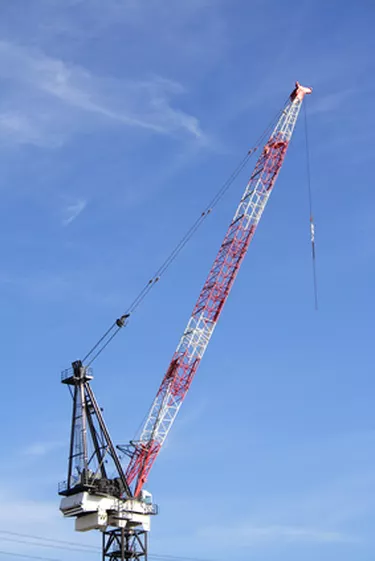
Depreciation is an accounting tool that a company uses to relate the decline in an asset's value to the taxable income that a business earns through the use of that asset in the company's production processes. Consequently, a company deducts depreciation and other expenses from sales to calculate its net income, a value that informs investors of the company's success in efficiently using its resources to produce profits.
Also, a company uses depreciation to reduce its federal taxes by deducting a portion of the cost of its plant, property and equipment from its taxable income. The greater the depreciation expense, the lower the taxes a company will pay. Consequently, it's critical that the company's accountants calculate accumulated depreciation in the appropriate way.
Video of the Day
Video of the Day
What Is Depreciation?
An asset's value depreciates for a couple of reasons. Due to an asset's use, it suffers wear and tear and must be replaced. In addition, an asset may become obsolete meaning that, due to an asset's material or technological characteristics, it's no longer feasible for a company to use the asset in a productive process.
What Is Depreciation Expense?
Depreciation expense is the portion of the dollar value of a company asset that's decreased during an accounting period by one of two things: wear and tear or the asset's obsolescence. Depreciation expense tracks with the asset's actual use or its reduction in value during an accounting period.
What Is Accumulated Depreciation?
Accumulated depreciation is the sum total of the depreciation that's been recorded for an asset from the time it was placed in service to the current accounting period. Accumulated depreciation amounts to the depreciation that's incurred during the current accounting period plus the prior periods' depreciation of the asset.
Accumulated depreciation represents the decline in the asset's value, which has been recorded since the asset was acquired. In turn, an asset's carrying value on the balance sheet is the difference between its purchase price and its accumulated depreciation. Accumulated depreciation is a contra asset account so its credit balance reflects the reduction in an asset's original value over time.
Consider also: How to Calculate Depreciation Types and Percentages
Accumulated Depreciation and Matching Principle
Generally accepted accounting principles (GAAP) dictate that the depreciation of a company asset occurs in the accounting period in which its usage contributes to the generation of revenue. In this way, a business expenses a portion of an asset's value in each year of the asset's useful lifetime. In essence, the use of a capitalized asset to generate revenue diminishes its value over time, so that cost is matched to the revenue that results, in part, from the asset's use.
How to Calculate Accumulated Depreciation
In that the depreciation of an in-service asset is recorded over time according to a company's financial reporting cycle, an asset's accumulated depreciation is a factor of an asset's purchase price and the asset's useful life. With each accounting period, that period's depreciation expense is added to the beginning balance of the accumulated depreciation account.
In turn, the carrying value of a depreciable asset equals the asset's historical cost minus the balance of the accumulated depreciation account. At the end of an asset's useful life, that carrying value will equal the asset's salvage value.
Depreciation Accounting Entries
To record depreciation in a general ledger, an accountant debits depreciation expense – an income statement account – and credits accumulated depreciation – a balance sheet account. Whereas the amount of the depreciation expense remains the same for each accounting period, the dollar value of the accumulated depreciation account increases over time.
Accumulated Depreciation and Asset Value
To record depreciation expense, you must first determine an asset's depreciable base. It equals the asset's historical cost – its purchase price – less its salvage value. Next, you determine the asset's periodic depreciation expense by dividing its depreciable base by its useful life.
Typically, the purchase price is the asset's historical cost and the salvage value – scrap value – is the asset's value at the end of its useful life, or the number of years that asset is expected to remain a productive one.
Consider also: Depreciation of Business Assets
Example of Calculating Accumulated Depreciation Amount
The ABC company purchases a piece of equipment that has a useful life of 20 years for $220,000. At the end of its productive life, the equipment's salvage value is expected to be $20,000. Also, the equipment will remain in service for 20 years. Consequently, the company will depreciate the equipment's cost over 20 years.
Assuming the company uses the straight-line depreciation method, the amount of the yearly depreciation expense will equal $220,000 minus $20,000, or $200,000, divided by 20 years, or $10,000 per year. So, each year for 20 years, ABC will depreciate $10,000 until the equipment's book value is equal to its salvage value of $20,000.
During this process, the cumulative, accumulated depreciation account balance will increase annually by $10,000. The annual depreciation expense, however, will remain $10,000.